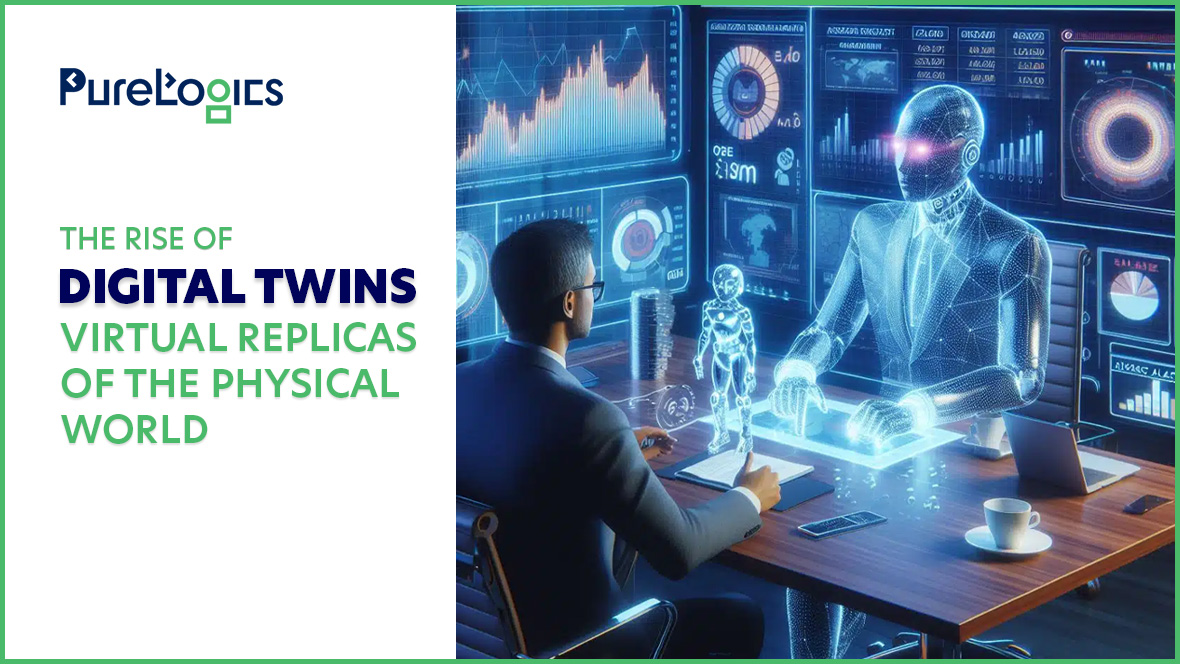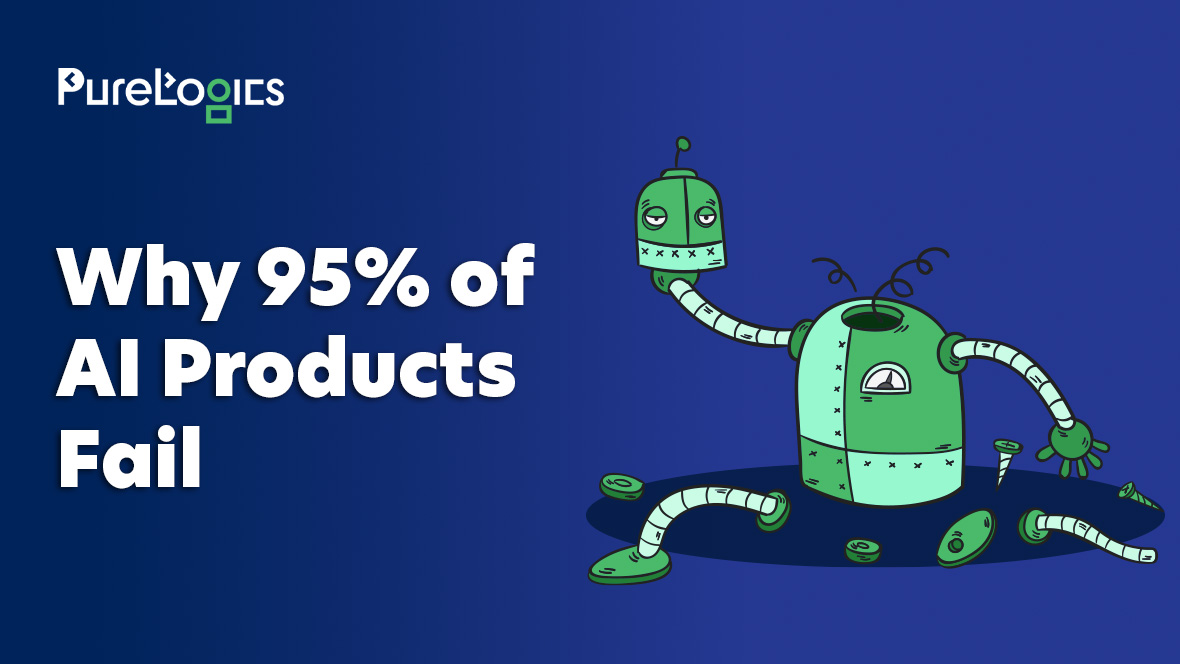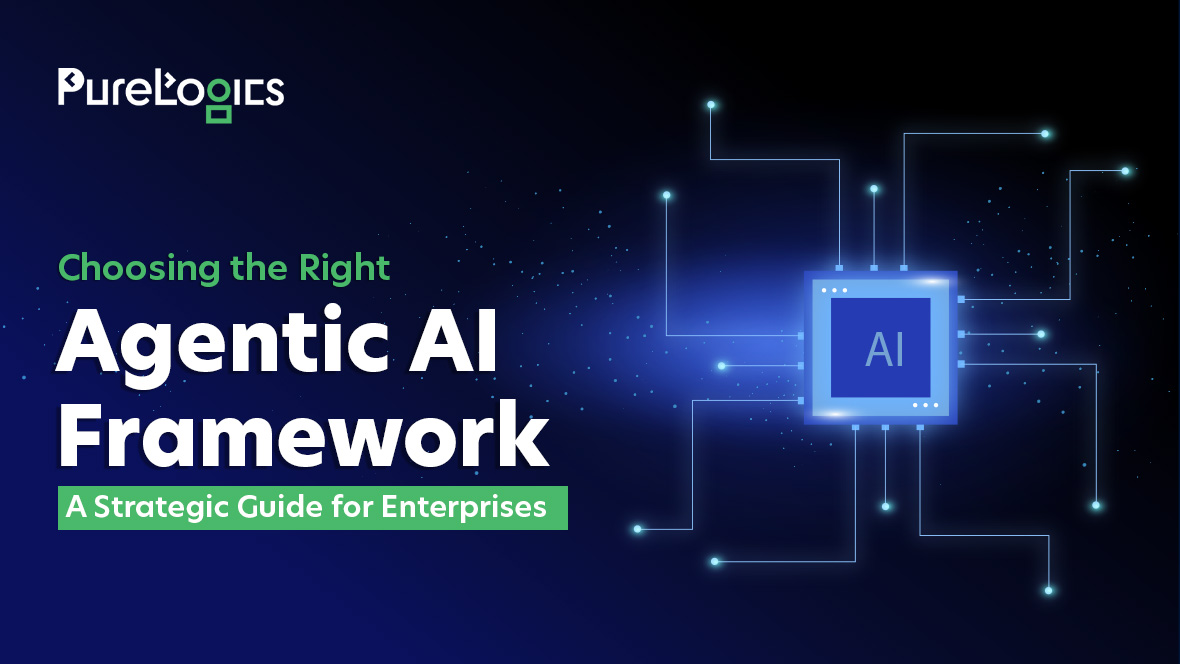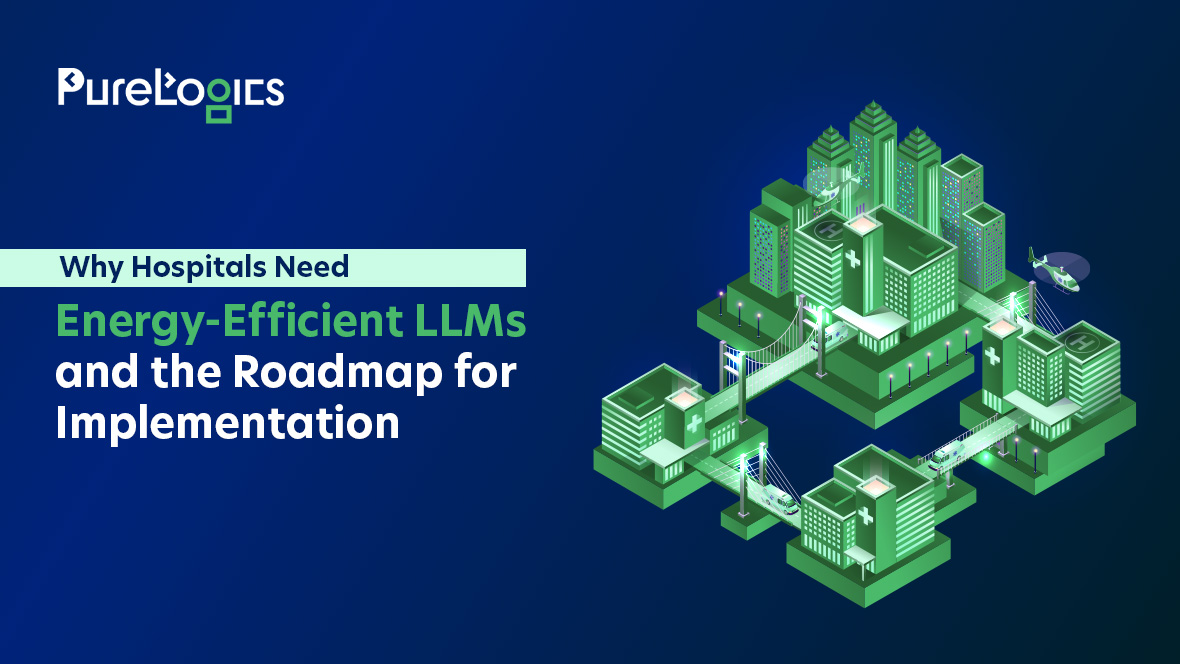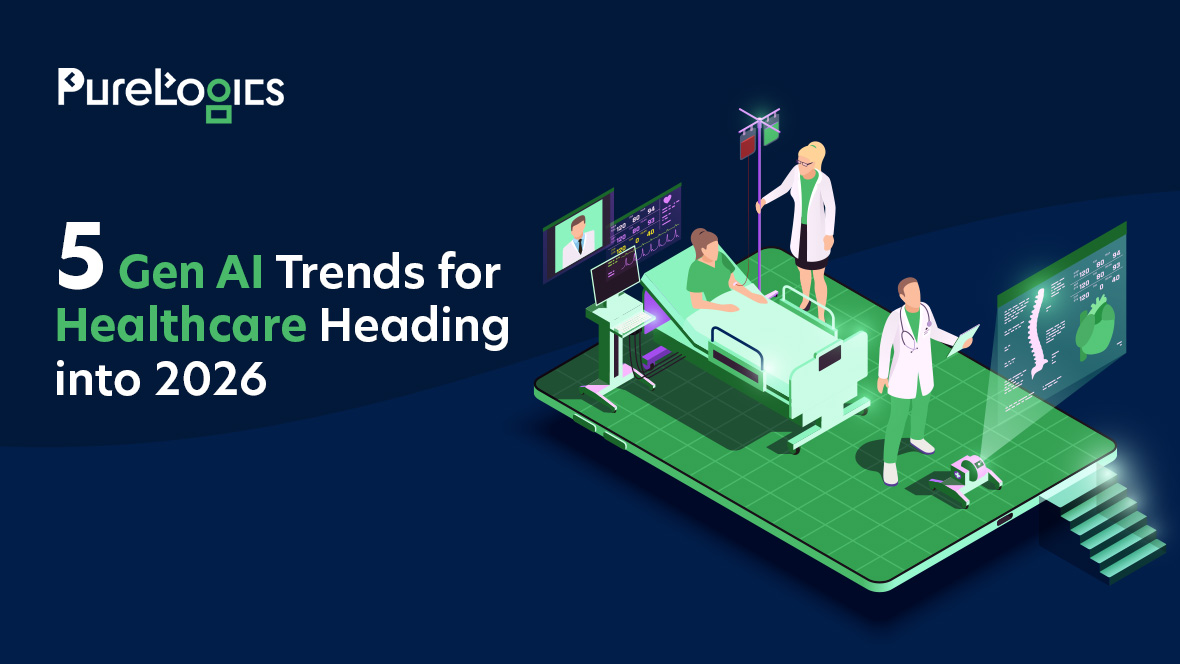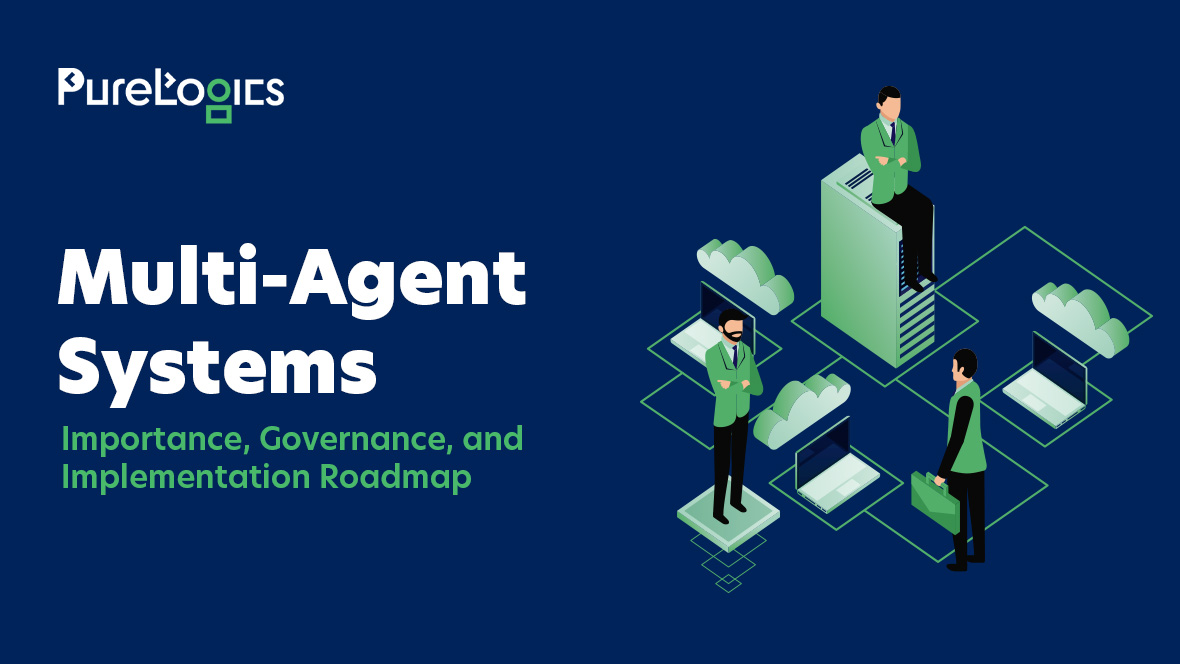The concept of digital twins is swiftly revolutionizing fantasy into reality. The virtual replicas (once limited to industrial uses) are now being created for the most advanced systems we all know – human beings.
Suppose you have a digital counterpart that looks similar to you and also communicates and behaves as you would. This digital counterpart is about developing a life avatar. It is about an entity that can predict potential diseases and enable you to test real treatment in a virtual space. The feature that makes digital twins stand out is that the treatment will be physically risk-free.
Digital twins personalize patient care by making drug trials secure and rapidly bringing new treatments and medications to market. However, the applications of digital twins go beyond the clinics. In the educational sector, digital twins ensure personalized learning. They can be your personal tutors, track your expertise, and personalize your learning paths.
This blog post discusses the (real-world) applications, challenges, limitations, and the future of digital twins. But before digging out the details, let’s have a quick overview of digital twins!
Evolution of Digital Twins
The idea of digital twins emerged in 2002. Dr. Michael Grieves was the first who introduced it at the University of Michigan. Recent developments in AI, big data analytics, and IoT have transformed the concept of digital twins into reality.
How Digital Twins Work
Digital twins integrate IoT sensors, data analytics platforms, and simulation software.
- IoT sensors analyze physical assets like machinery and equipment to gather real-time data.
- Data analytics platforms analyze this data to generate the asset’s digital representation in the virtual world.
- Then, simulation software employs the digital twin to model various scenarios, forecast behavior, and enhance performance.
Digital Twins Applications Across Industries
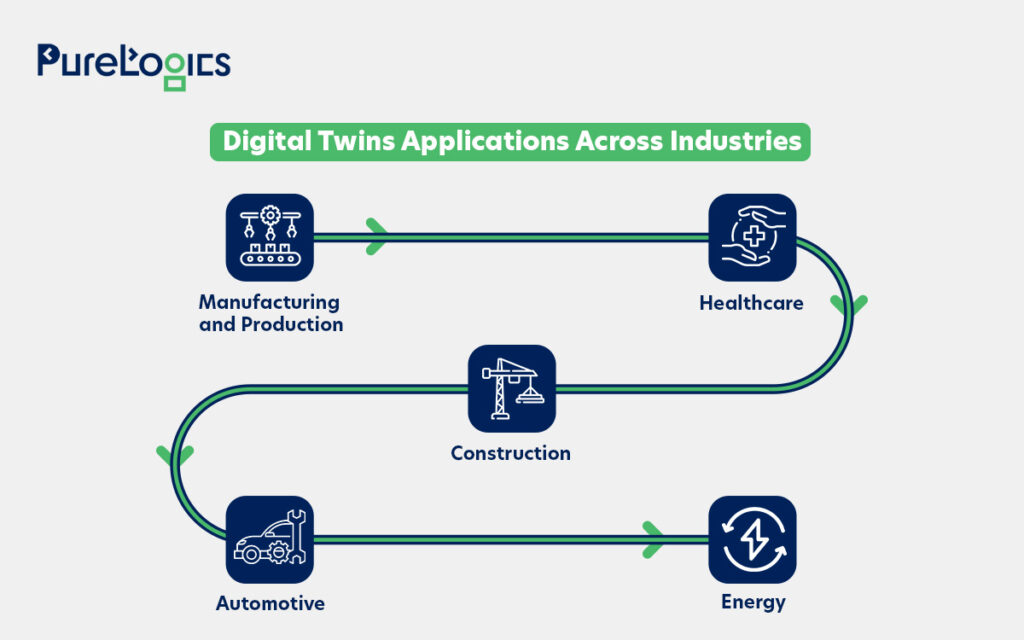
The following are the top applications of digital twins across industries!
Manufacturing and Production
Digital twins offer distinctive and transformative applications within the manufacturing and production industry. The technology automates operational processes, optimizes the allocation of resources, and maximizes the overall product quality. It develops virtual replicas of machines and allows businesses to anticipate issues, decrease expenses, and bring innovation to the product.
Digital twins are rapidly becoming essential in manufacturing projects, demonstrating both their value and their influence on the industry’s future. Interestingly, manufacturing dominates the global market share for digital twin applications.
Construction
Prior to digital twins, accessing BIM (Building Information Modeling) data on construction sites was challenging. Now, digital twin applications make this data available on any mobile device. This automates communication between the office and the site. Moreover, this real-time access allows stakeholders to resolve design inconsistencies immediately, reducing the likelihood of costly rework.
In essence, integrating digital twins with BIM and AR enhances construction safety and efficiency. It also minimizes rework and promotes sustainability by quickly identifying and addressing potential issues.
Healthcare
In the healthcare industry, digital twins of human organs are transforming patient care. The virtual models allow for tailored treatment plans by reflecting the patient’s unique conditions.
For example, a heart’s digital twin enables doctors to examine cardiac problems and plan surgical processes with enhanced precision. Moreover, digital twins have the capability to forecast the final results of surgeries and other sorts of treatments. They ensure well-informed decisions and lead to personalized patient care.
Precision Medicine Like Never Before
Digital twins empower doctors to simulate treatments and predict surgical outcomes with accuracy.
Automotive
In the automotive industry, digital twins play a vital role. From design to aftermarket services, it reinvents the automotive industry in all ways. This technology helps engineers explore and test multiple designs and choose the best-performing options without spending on physical prototypes.
Digital twins streamline the manufacturing process, reducing downtime and enhancing production rates. On the other hand, predictive maintenance prevents potential issues by enabling a vehicle to be serviced proactively.
Energy
Digital twins are transforming energy production by enabling real-time monitoring and optimization across power plants, wind farms, and grid systems. They bring efficiency in energy production through predictive maintenance and decrease both operational expenses and downtime.
Additionally, digital twins facilitate the shift to renewable energy. They do this by optimizing the integration and renewable systems’ performance. Thereby the digital twin advances a sustainable energy future.
Key Challenges of Digital Twins
Digital twin technology also faces many challenges. Look at these!
Data Interoperability: Digital twins require integration from a number of sources. This necessitates standardized templates for successful communication.
Security: Digital twins also generate a lot of sensitive data. This can result in unofficial and unauthorized access to your data. So, it necessitates that businesses ensure strong authentication measures.
Privacy: Lastly, as you know, digital twins produce sensitive information, so organizations must strongly follow data protection laws for the safe usage of data.
All these challenges of digital twins can be tackled with collaborative efforts. All stakeholders must set up standards so they can address prevailing issues of interoperability, privacy, and security.
Secure Your Digital Twin Data
Protect sensitive information with robust authentication and privacy-first strategies.
Future of Digital Twins
The future of digital twins looks bright, with their use anticipated to expand significantly in the years ahead. This growth is fueled by ongoing advancements in technologies like the Internet of Things (IoT), cloud computing, and data analytics. As digital twins become more cost-effective and easier to access, we can expect a surge in creative applications across various sectors.
According to McKinsey’s analysis, the global market for digital twin technology is projected to increase by roughly 60% each year, potentially reaching $73.5 billion by 2027.
Our team at PureLogics specializes in harnessing the power of digital twin technology. We provide customized solutions that leverage digital twin technologies, helping businesses stay ahead in a rapidly evolving digital landscape.
Contact us now and let’s empower your business with the tools to thrive in the future!


 [tta_listen_btn]
[tta_listen_btn]
 February 21 2025
February 21 2025

